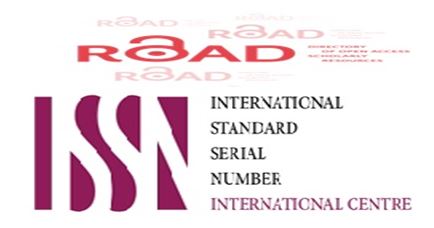Iron Deficiency Anaemia and Beta Thalassaemia Trait in Anaemic Pregnant Women.
DOI:
https://doi.org/10.32007/jfacmedbagdad.523975الكلمات المفتاحية:
Anaemia & pregnancy, Thalassaemia, Iron deficiency.الملخص
Back ground: Anaemia is one of commonest health problems in antenatal care units of developing countries and contributes significantly to increased maternal and fetal morbidity and mortality.
Patients and methods: During the period from 1st of July 2007 to the end of October 2007, hundred anaemic pregnant women attending the gynaecology and obstetrics department in Al- Yarmook teaching hospital in Baghdad and 20 apparently healthy pregnant women,aged between 17 - 46 years as a control were included in this study. Anaemic women included in this study fulfilled the criteria of haemoglobin concentration of less than 110 g/L in first trimester and 105g/L in the second and third trimesters, no history of acute or chronic illnesses, not receiving any treatment & without any family history of haematological disorders. These women were randomly selected in relation to age , parity ,trimester of pregnancy & social status. Ten mls of venous blood samples were aspirated from each pregnant women in the studied group , two mls were put in ethylendiaminetetra acetic acid (EDTA) tube and analyzed for peripheral blood smear , reticulocyte count & haemoglobin A2 ( Hb A2 )using standard methods for hematological investigation .While the remaining 8 ml were put in a plain tube to evaluate serum iron , total iron binding capacity & serum ferritin. Serum iron, total iron binding capacity was done by colometric method, while serum ferritin was done by immunoenzymatic assay and hemoglobin A2 (HbA2) level by haemoglobin electrophoresis.
Results: Peripheral blood smear study revealed a hypochromic microcytic anaemia in 81% of cases, 8% of cases showed macrocytic anaemia, 8% a normochromic normocytic anaemia while the remaining 3% of cases showed a dimorphic picture .Iron deficiency anemia constitutes 79% of the cases confirmed by serum ferritin. Only two cases ( 2% ) had elevated level of HbA2 .Serum iron, total iron binding capacity & serum ferritin had significant differences in those cases with low social status, increasing parity & increasing gestational age (trimesters).Iron deficiency anaemia was not found to have a significant association with increasing age , while patients with para 4 & more, in the third trimester & low social status were more significantly affected with iron deficiency anemia .
Conclusion: Iron deficiency anemia was found in 79% of anemic pregnant females confirmed by measurement of serum ferritin level. There were a significant difference between parity; social status and gestational age with the incidence of iron deficiency anemia.β-thalassaemia trait constitute only 2% of anemic cases in the studied sample




















 Creative Commons Attribution 4.0 International license..
Creative Commons Attribution 4.0 International license..


